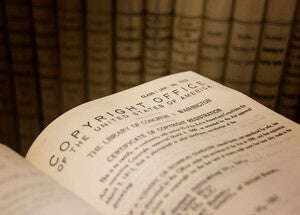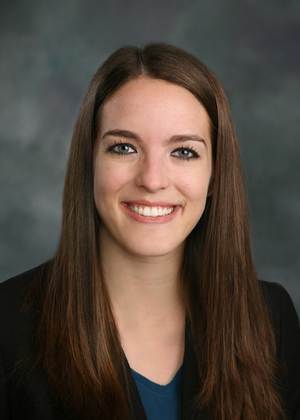In the course of my project as this semester’s Research Data Curation Intern, I recently learned (or tried to learn) about APIs – application programming interfaces, that is. Being thoroughly amateur in all things technological, I couldn’t put a finger on why the phrase sounded so familiar. It wasn’t until I was brainstorming ideas for a topic to write about for Fair Use Week 2022 that I recalled: an important Supreme Court Case from the 2021 docket extended fair use doctrine to software, and more specifically to the declaring code of an API.
But fear not: this blog post is not about coding specifics. Rather, it is a reminder that the fair use doctrine is broad and growing broader. Fair use is not merely an exception, but rather a right established by the Copyright Act in the protection of our constitutional right to free speech.

As a primer for those who may be unfamiliar: fair use is the broadest of the limitations to copyright that are acknowledged by the Copyright Act. Fair use says, essentially, that people other than the copyright owner may use copyrighted material under certain circumstances when that use promotes societal interest in access to the material. Some examples of uses that are likely to be found “fair” are listed in section 107 of the Copyright Act and include criticism, comment, news reporting, teaching, scholarship and research. Courts will look to four criteria to assess whether a use may be considered fair: the purpose and character of the use; the nature of the copyrighted work; the amount and substantiality of the portion used in relation to the work as a whole; and the effect of the use on the potential market value of the copyrighted work.
Because there is subjectivity involved in determining what constitutes fair use, there is no black and white answer for potential users of copyrighted works. In fact, some courts differ in the interpretation of similar cases. So when the Supreme Court takes on a fair use case, the copyright world listens carefully.
Last April, the Supreme Court handed down a decision dealing with a decade-long battle between two tech giants – Google and Oracle – over Google’s use of declaring code from Oracle’s Sun Java API in its Android operating system. The Court found that Google’s use was indeed fair, reasoning that all four factors (as stated above) weighed in favor of a finding of fair use.
So why should anyone outside of the coding world care about this outcome? Because as consumers, the idea that software code could be copyrighted and not considered fairly usable would make it much easier for companies to lock us into proprietary software ecosystems. Apart from the obvious headache this would create for consumers, it would also make interoperability and competition much more difficult and create a major hurdle for software startups to enter the market.
However, lest we get too excited about the extent of this fair use finding, it is important to note that the Court declined to answer the question of when and whether APIs are copyrightable in the first place, and they mitigated the extent of the decision by stating that fair use should always be considered on a case by case basis – meaning that software developers should not assume their use to be fair but need to consider the four-factor test in every instance.
Nonetheless, the case is a harbinger of things to come. Copyright questions surrounding both proprietary and open-source software abound, and the Court will certainly be pressed to answer more of them in the coming years.
To learn more about fair use, check out the fair use section in this helpful copyright library guide.
